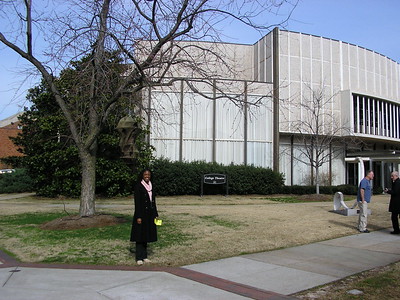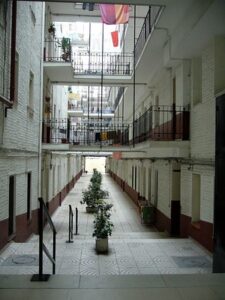For more than two decades, the WCC Board of Trustees has relied on increases in student tuition to pay for capital projects on campus. Despite having a mechanism to seek guaranteed taxpayer funding, the Trustees have chosen to make students responsible for funding these projects. And since that time, student tuition has doubled, and fees now add $15 per credit hour to the students’ bottom line.
If you want a model of how well this strategy works, you need only to look at any private college in the country. The US has about 1,650 private colleges and universities that enroll about 5.25M students each year. That means the enrollment at the average private college is about 3,200 students. The average tuition and fees at a private college are about $40,000 per year. For the most part, private colleges don’t receive federal funds, so they’re heavily dependent on student tuition and fees (as well as donations) to fund their activities.
Reliance on student tuition and fees to fund operations and construction means that the average tuition and fees at a private college are about 3.6 times higher than those at their public counterparts. The excruciatingly high tuition sorely limits the side of these institutions. To compensate, the institutions provide substantial financial aid (to certain students) in the hope of attracting more students who will pay full freight to attend.
Raising student tuition isn’t the solution
Sometimes, that strategy doesn’t work out. Birmingham-Southern College is the latest example of the frailty of the model that expects students to pony up for a large proportion of the institution’s operating costs.
In December, Birmingham-Southern’s president announced that the school was in deep financial trouble. He also asked the City of Birmingham to cough up $5M; Jefferson County $2.5M; a distribution of $12.5M from Alabama’s American Rescue Plan funding; and $17.5M from the state’s coffers to keep Birmingham-Southern afloat.
Private school – public money.
So, what brought Birmingham Southern here? According to the letter, in the mid-2000’s, the school undertook a significant building program, which both drew down the school’s endowment and also required it to take on a lot of debt. According to data the school reported to the Department of Education in 2005, Birmingham Southern enrolled about 1,300 full time students and about 30 part-time students.
Students shouldn’t have to pay institution’s debt
Fast forward to 2021. Birmingham-Southern now enrolls about 1,200 students. The total cost of attendance is about $33,700 per year, and the average net price to students is nearly $23,000. So, with the massive increase in costs due to the capital projects and debt service, Birmingham-Southern lost 100 students. One hundred students isn’t all that much, but for Birmingham-Southern, it’s a drop of 7.7%. The loss of those 100 students increased the cost for the remaining 1,200.
Now, the endowment is gone and the students are leaving, but the debt is still hanging around. There are only two viable solutions for Birmingham Southern College right now: shake down the community and the state for $37M to buy the school some time or close the doors. If the school cannot persuade its local governments to agree to the bailout by the end of the month, its only remaining option is to cease operations.
So, where did this mess start? With big capital plans funded on the backs of the students.
This model simply doesn’t work. It is the precise reason we fund public higher education with tax dollars. And yet, the tone-deaf, tax-phobic WCC Trustees have brought this failing solution to Washtenaw Community College to work its magic.
If WCC wants to stop its enrollment slide, the WCC Trustees will need to start asking taxpayers to support their capital plans. The student simply don’t have enough cash to fund campus construction anymore.
Photo Credit: Christine McIntosh, via Flickr




















